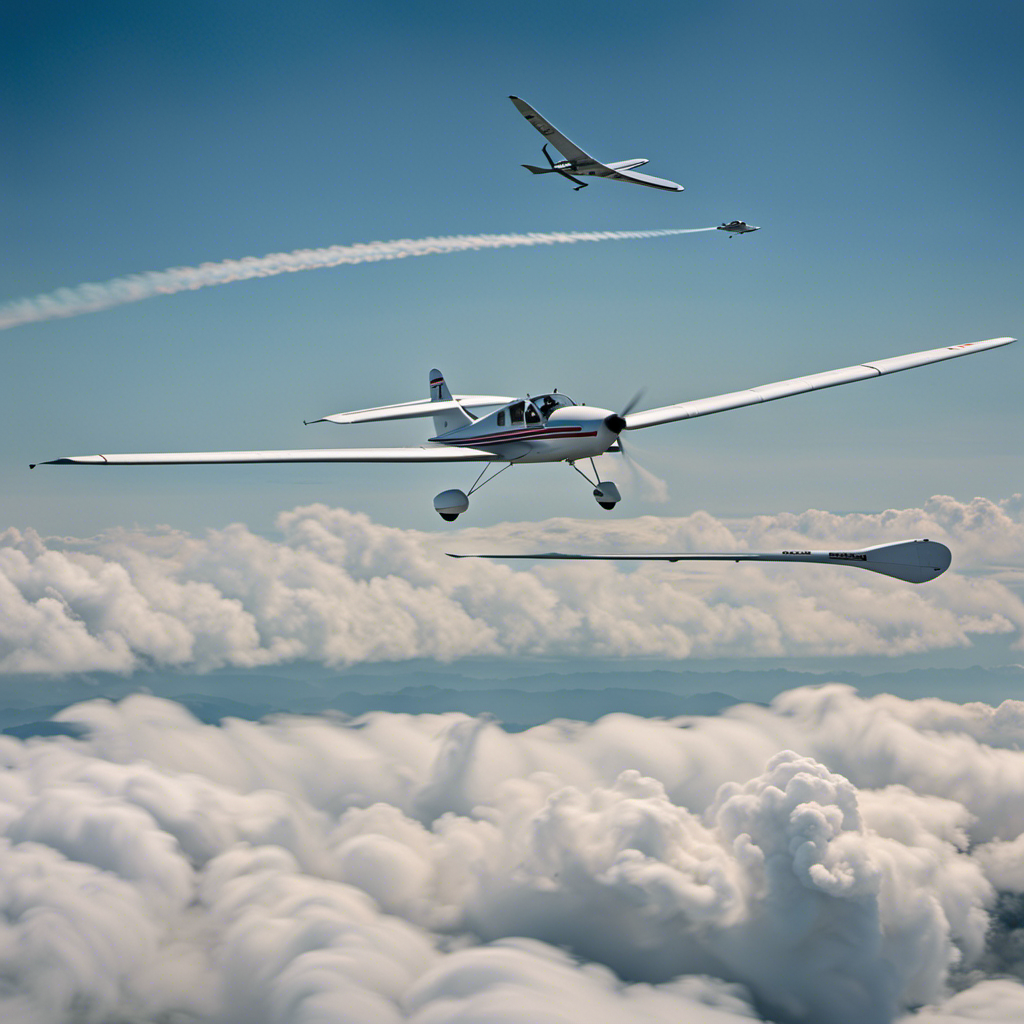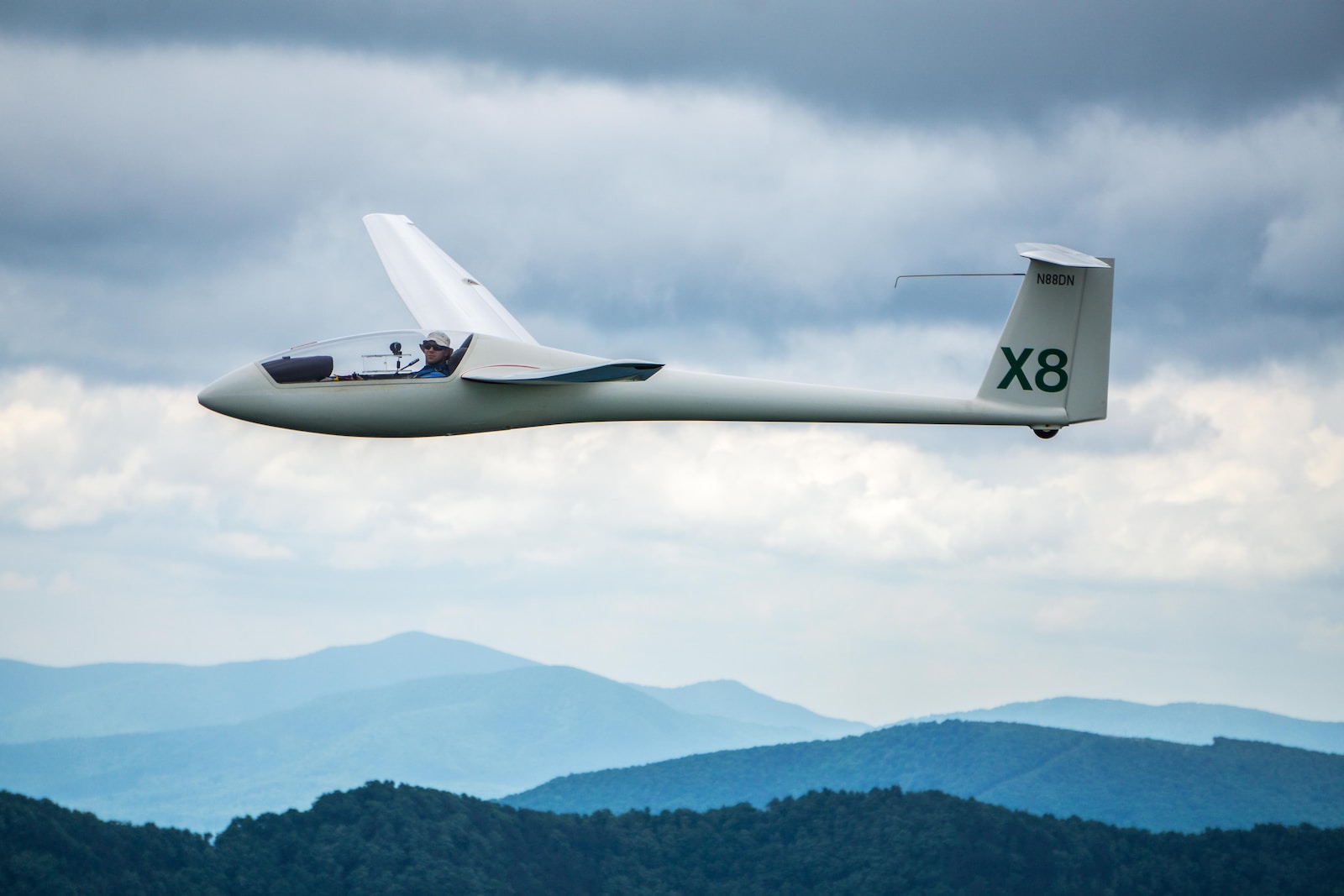Hello! Did you know that only 0.2% of people worldwide have a pilot’s license? It’s viewed as a select group, but becoming a part of it may not be as far-fetched as you think.
If you’ve ever dreamed of defying gravity and taking to the skies, this article is for you. I’ll be sharing the step-by-step journey to learn how to fly an airplane, from understanding the basics of flight to obtaining your pilot certificate and beyond.
So strap in, because your adventure starts now.
Key Takeaways
- Mastering instrument flying and advanced flight maneuvers enhances pilot skills and reduces reliance on visual references.
- Passing written and practical exams is an essential step in the pilot certification process and requires effective preparation strategies.
- Building experience in aviation through continuous flight hours and practical hands-on experience is crucial for refining piloting abilities and expanding knowledge.
- Pursuing advanced certifications in specific areas of aviation demonstrates commitment to continuous learning and enhances professional development.
Understand the Basics of Flight
To understand the basics of flight, you’ll need to grasp concepts like lift and drag. So, let’s start with an overview of the principles that govern how an airplane stays in the air.
Lift is the force that opposes gravity and allows an aircraft to stay aloft. It is generated by the wings as air flows over them, creating a pressure difference between the top and bottom surfaces.
Drag, on the other hand, is the resistance encountered by an airplane as it moves through the air. It is caused by factors like air friction and the shape of the aircraft.
Understanding these fundamental concepts is crucial to becoming a pilot.
Now, let’s transition to the next section where we will explore how to research flight schools and instructors.
Research Flight Schools and Instructors
Research flight schools and find instructors who can help you on your path to becoming a pilot. When researching options, it’s crucial to choose the right flight school that aligns with your goals and needs.
Look for schools that have a solid reputation and a comprehensive curriculum that covers all aspects of aviation. Consider factors such as location, cost, and the availability of experienced flight instructors.
Look for instructors who have a wealth of knowledge and experience in the aviation industry. They should be able to guide you through the intricacies of learning to fly and provide you with the necessary skills and knowledge to succeed.
Once you have chosen the right flight school and instructor, you can move on to obtaining a student pilot certificate, the next step in your journey to becoming a pilot.
Obtain a Student Pilot Certificate
Make sure you have all the necessary documents, such as proof of identity and medical certification, to obtain your student pilot certificate.
The student pilot certificate is a crucial requirement before you can start your flight training process.
As a student pilot, you must meet certain requirements, including being at least 16 years old for a powered aircraft and 14 years old for a glider or balloon.
Additionally, you need to pass a medical examination to ensure you are physically fit to fly.
Once you have gathered all the required documents and met the necessary criteria, you can apply for your student pilot certificate through the Federal Aviation Administration (FAA).
Obtaining this certificate marks the first step in your journey to become a pilot.
Now, it’s time to transition into the next phase of your training – starting ground school training.
Start Ground School Training
Now that you have obtained your student pilot certificate, it’s time to begin ground school training. This phase of your journey will provide you with the essential knowledge and understanding of aviation regulations and career opportunities.
During ground school, you will dive into the intricacies of aviation, studying topics such as aerodynamics, weather patterns, navigation techniques, and aircraft operations. By researching aviation regulations, you will gain a deep understanding of the rules and guidelines that govern the aviation industry, ensuring your safety and compliance.
Additionally, ground school allows you to explore the vast range of career opportunities in aviation, from becoming a commercial airline pilot to working in aircraft maintenance or air traffic control. As you delve into ground school training, you will lay the foundation for your future as a pilot, preparing yourself to learn about aircraft systems and controls.
Learn about Aircraft Systems and Controls
During ground school training, you’ll get to understand the intricacies of aircraft systems and controls. This phase of your training is crucial as it lays the foundation for your future as a pilot.
Aircraft maintenance and flight instruments are two key aspects that you’ll delve into during this time. You’ll learn about the various systems that keep the aircraft functioning smoothly, such as the electrical, hydraulic, and fuel systems. Understanding how these systems work together is essential for troubleshooting and ensuring the safety of your flights.
Additionally, you’ll become well-versed in the operation of flight instruments, including altimeters, airspeed indicators, and attitude indicators. These instruments provide vital information that allows you to maintain control and navigate the skies.
Armed with this knowledge, you’ll be ready to begin flight training with an instructor, putting what you’ve learned into practice.
Begin Flight Training with an Instructor
As you embark on flight training with an instructor, you’ll be guided through the practical application of the knowledge and skills you’ve gained during ground school training.
Finding the right instructor is crucial to your success in learning how to fly an airplane. You want someone who is experienced, knowledgeable, and patient.
Before starting your training, it’s important to set clear goals and expectations with your instructor. Communicate your objectives and what you hope to achieve during the training period. This will ensure that both you and your instructor are on the same page and can work towards a common goal.
With the right instructor by your side, you can now focus on practicing basic maneuvers and perfecting takeoffs and landings, the next crucial steps in your journey towards becoming a pilot.
Practice Basic Maneuvers and Takeoffs/Landings
To improve your flying skills, you’ll need to practice basic maneuvers and work on perfecting your takeoffs and landings. Mastering these fundamental techniques is crucial for any aspiring pilot.
Start by focusing on landing techniques, such as maintaining a consistent glide path, managing airspeed, and executing a smooth flare for touchdown. Practice different types of landings, including normal, crosswind, and short-field landings, to develop versatility and adaptability.
Additionally, spend time mastering basic maneuvers like climbs, descents, turns, and stalls. Pay attention to proper coordination of the controls and precise execution of each maneuver.
By practicing these foundational skills diligently, you will lay a solid groundwork for your journey towards becoming a proficient pilot.
As you progress, you can then move on to advanced flying techniques, expanding your knowledge and skills in the world of aviation.
Progress to Advanced Flying Techniques
You should now focus on expanding your knowledge and skills in the world of aviation by progressing to advanced flying techniques. This will allow you to take your flying abilities to the next level and become a more proficient pilot.
One aspect of advanced flying techniques is mastering instrument flying. This involves using the aircraft’s instruments to navigate and control the aircraft without relying solely on visual references. It requires precision and a deep understanding of the aircraft’s systems.
Another important aspect is learning advanced flight maneuvers, such as stalls, spins, and aerobatics. These maneuvers test your skills and push the limits of the aircraft’s capabilities. By practicing and perfecting these techniques, you will become a more confident and capable pilot.
Next, you will need to pass written and practical exams to demonstrate your proficiency in these advanced flying techniques.
Pass Written and Practical Exams
Mastering instrument flying and learning advanced flight maneuvers is an essential step towards becoming a more confident and capable pilot. Passing written and practical exams will demonstrate your proficiency in these advanced flying techniques. To ensure success in these exams, it is important to implement effective preparation strategies.
Here are three common misconceptions to be aware of:
-
Misconception: Memorization is enough. Many students mistakenly believe that simply memorizing the material will guarantee success. However, it is crucial to understand the concepts and principles behind the information.
-
Misconception: Cramming is effective. While cramming may seem like a quick fix, it is not an effective long-term strategy. It is better to study consistently over a period of time to retain the information.
-
Misconception: Practical exams are less important. Some students prioritize the written exam and neglect practicing the practical maneuvers. Both aspects are equally important and require thorough preparation.
Continue Building Experience and Pursue Advanced Certifications
Building experience and pursuing advanced certifications is essential for pilots who want to further develop their skills and knowledge in aviation.
As a pilot, I understand the importance of continuously building experience to enhance my abilities and expand my horizons in the field. By logging flight hours and gaining practical hands-on experience, I am able to refine my piloting techniques and become more proficient in handling various aircraft.
Additionally, pursuing advanced certifications allows me to specialize in specific areas of aviation, such as instrument rating or multi-engine operations. These certifications not only broaden my skill set but also demonstrate my commitment to continuous learning and professional development.
Through building experience and earning advanced certifications, I am able to stay at the forefront of the aviation industry and ensure the highest level of safety and competence in my flying endeavors.
Frequently Asked Questions
What are the physical requirements to become a pilot?
To become a pilot, physical fitness is crucial. Pilots must pass medical examinations to ensure they meet the required standards. These examinations assess factors like vision, hearing, cardiovascular health, and overall physical well-being.
How long does it typically take to complete flight training?
On average, flight training takes about 6-12 months to complete. The duration may vary depending on factors such as the student’s availability and learning pace. The cost breakdown includes expenses for aircraft rental, instructor fees, and study materials.
Can I become a pilot if I wear glasses or contact lenses?
Yes, individuals with visual impairment can become pilots if their vision is corrected to meet the required standards. Glasses or contact lenses can be used to correct vision and allow for safe and effective flying.
Are there any age restrictions for obtaining a student pilot certificate?
There are certain age restrictions and medical requirements when obtaining a student pilot certificate, but don’t worry, they’re just a few necessary steps to ensure everyone’s safety and readiness to fly.
Can I pursue a career as a pilot if I have a criminal record?
Pilot career opportunities for individuals with criminal records are limited. Pilot training schools may deny admission based on criminal history. It is important to research specific airline and country regulations for further information.
Conclusion
In conclusion, embarking on the journey to learn how to fly an airplane requires dedication and a thirst for knowledge.
By understanding the basics of flight, researching flight schools and instructors, obtaining a student pilot certificate, and engaging in ground school training, one can lay a solid foundation for their flying career.
With practice and determination, mastering the intricacies of aircraft systems and controls, as well as advanced flying techniques, becomes a reality.
So, are you ready to defy gravity and soar through the skies?









